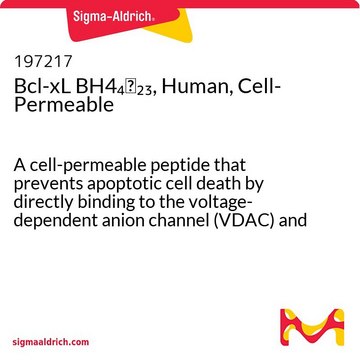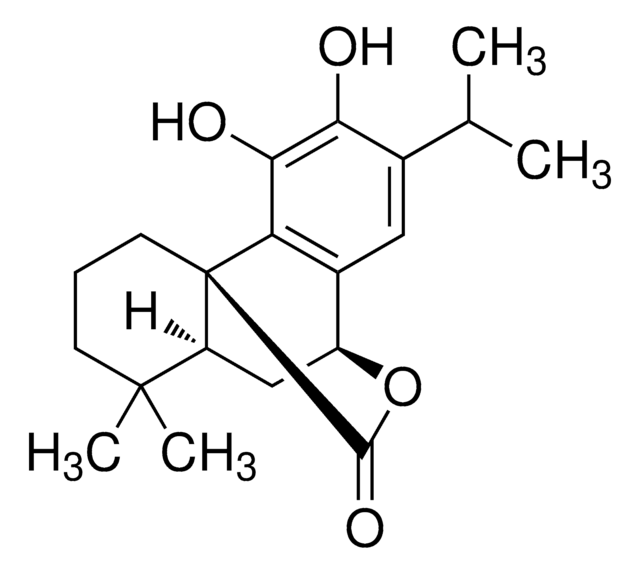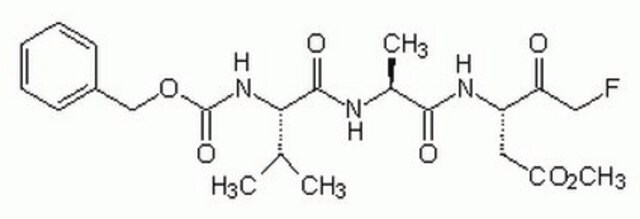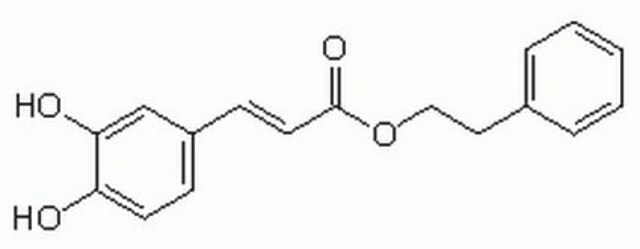376816
Hexokinase II VDAC Binding Domain Peptide, Cell-Permeable
A cell-permeable peptide analog of Hexokinase II VDAC binding domain peptide.
Synonym(s):
Hexokinase II VDAC Binding Domain Peptide, Cell-Permeable, HXK2VBD-cpm, H- RQIKIWFQNRRMKWKK-MIASHLLAYFFTELN-NH₂
About This Item
Recommended Products
Quality Level
Assay
≥95% (HPLC)
form
lyophilized solid
manufacturer/tradename
Calbiochem®
storage condition
OK to freeze
desiccated (hygroscopic)
protect from light
color
white
solubility
water: 1 mg/mL
shipped in
wet ice
storage temp.
−20°C
General description
Biochem/physiol Actions
Detach and translocate HXK2 from mitochondria to the cytosol
Packaging
Warning
Sequence
Other Notes
Holinger, E.P., et al. 1999. J. Biol. Chem.274, 13298.
Sui, D., and Wilson, J.E. 1997. Arch. Biochem. Biophys.345, 111.
Legal Information
Storage Class Code
11 - Combustible Solids
WGK
WGK 1
Flash Point(F)
Not applicable
Flash Point(C)
Not applicable
Certificates of Analysis (COA)
Search for Certificates of Analysis (COA) by entering the products Lot/Batch Number. Lot and Batch Numbers can be found on a product’s label following the words ‘Lot’ or ‘Batch’.
Already Own This Product?
Find documentation for the products that you have recently purchased in the Document Library.
Our team of scientists has experience in all areas of research including Life Science, Material Science, Chemical Synthesis, Chromatography, Analytical and many others.
Contact Technical Service








